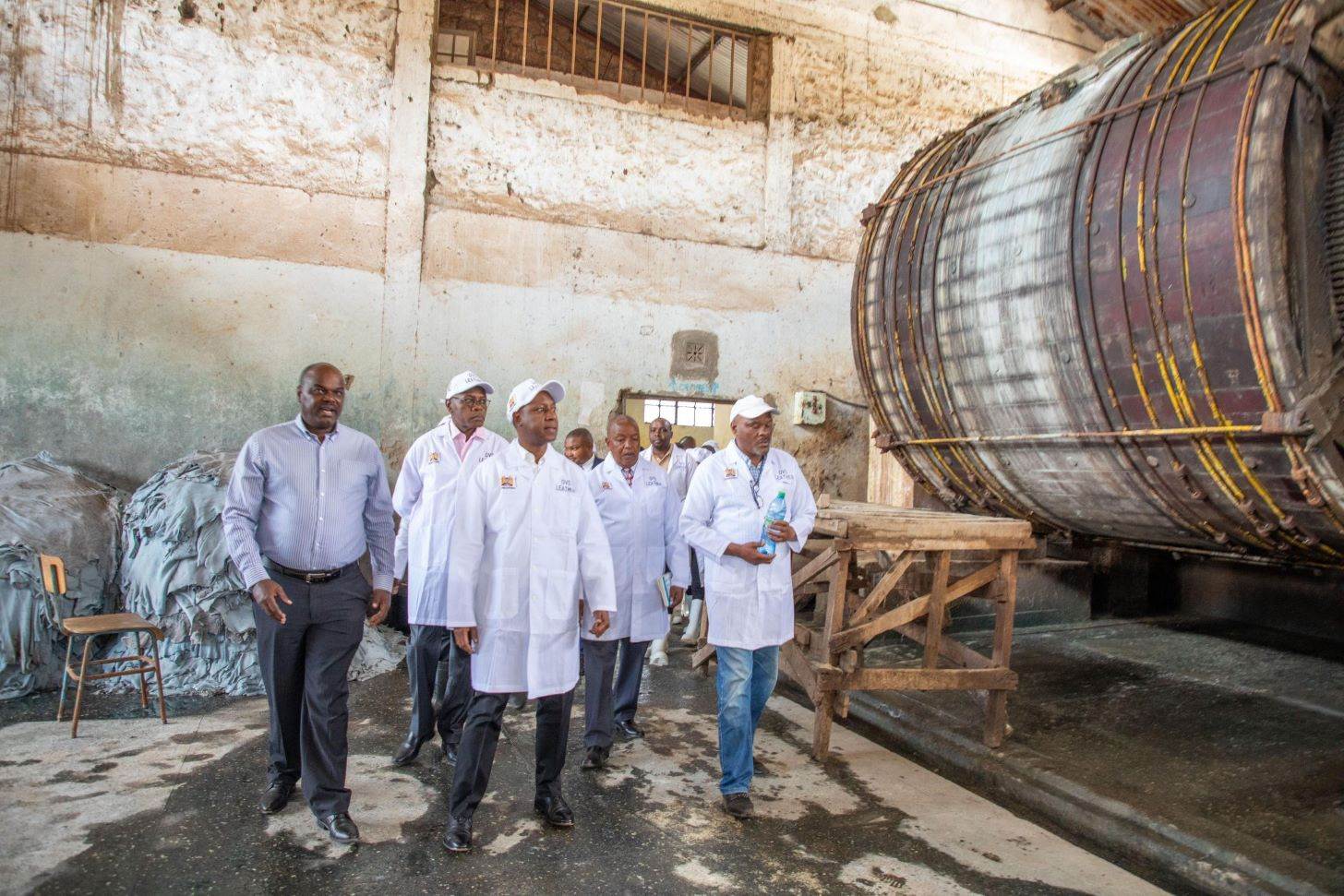Kenya aims to enhance leather exports

The Kenyan government is actively seeking new international markets for locally produced hides and skins, according to Livestock Development Principal Secretary Jonathan Mueke. His comments follow complaints from dealers about limited market access both locally and abroad.
Recently, Mr Mueke visited Italy, where he engaged with global fashion brands, including Gucci. He noted that these brands prefer finished leather products over raw hides and skins.
Mr Mueke made his remarks during the graduation of 75 slaughterhouse flayers at Kiamaiko slaughterhouse in Nairobi, which focuses on goat and sheep skins. The training programme, part of the Kiamaiko Flayers Quality Improvement Programme, has seen 2,139 flayers trained across the country in the past year.
The government is collaborating with 16 Technical Vocational Education and Training (TVET) institutions to create a curriculum for leather technicians. Plans for the Kenya Leather Investment Park, set to launch next September, aim to attract investors to manufacture finished leather goods locally.
Mueke also highlighted the importance of producing high-quality leather and urged dealers to form associations to access government funding. The government has allocated Sh200 million ($1.55 million) in this year's budget to support the leather market.
The leather industry is a key focus in Kenya's economic transformation agenda, with the government targeting an increase in job creation from 21,000 to 120,000 by 2027, potentially injecting Sh100 billion ($780 million) into the economy annually.
Currently, the majority of Kenya's leather exports consist of semi-processed materials, indicating significant room for growth in finished goods.







